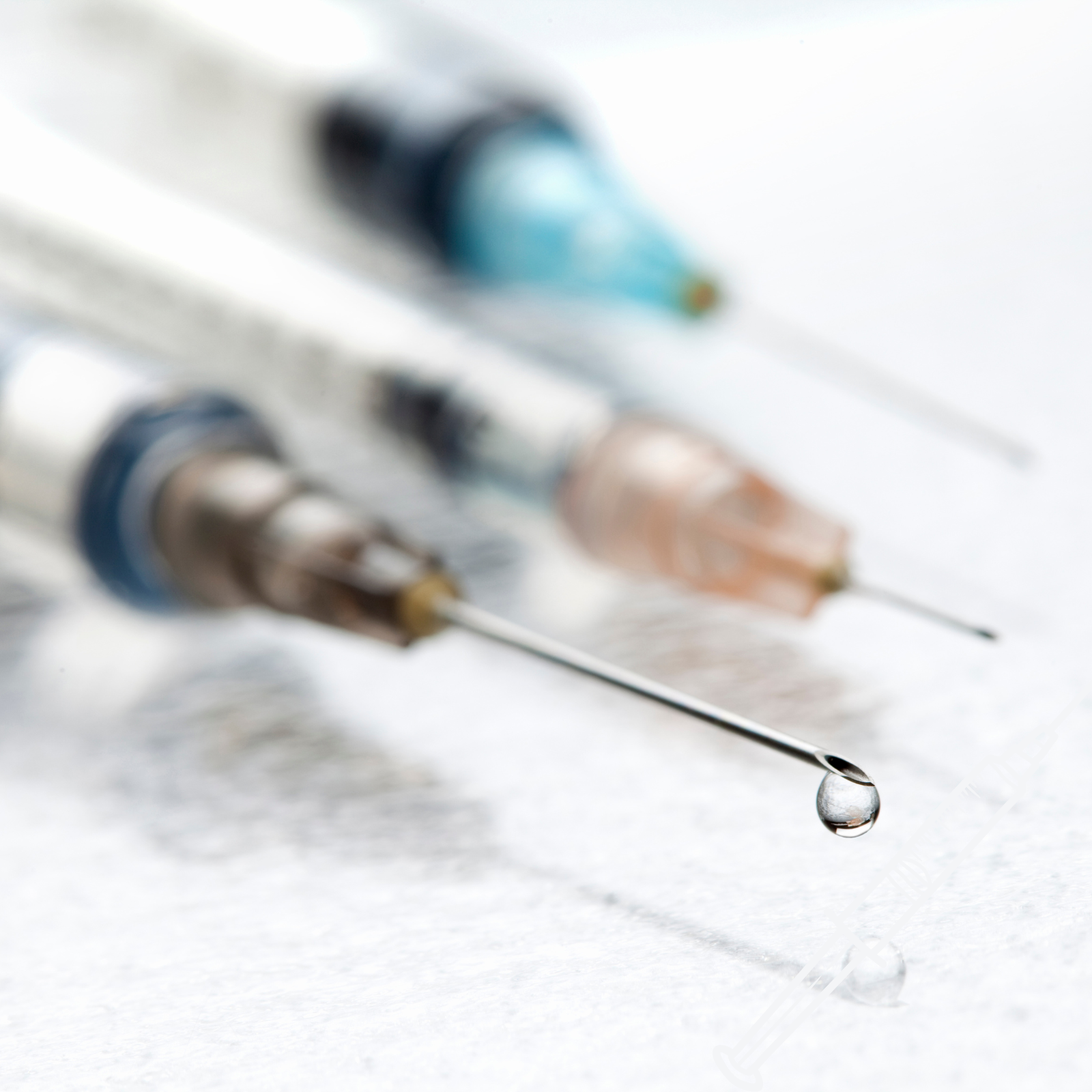Notifications

5 minutes, 21 seconds
-24 Views 0 Comments 0 Likes 0 Reviews

One of the most ubiquitous tools in medicine is syringes. A syringe is behind almost every visit to the clinic for a vaccine by a person with diabetes getting checked at home or by a patient undergoing surgery.
It is worth noting that syringes are more than simply a tool for injection. In this article, we will outline the various applications of medical syringes, their types, and how they save lives every second.
A medical syringe is a simple device that consists of:
A medical syringe is a pretty primitive apparatus that contains the following:
A barrel ne ough hollow cylinder
An internal barrel plunger
It's designed to push or pull fluids—whether injecting, withdrawing, or measuring them.
The most recognized usage of this. The medication would be injected into your body using syringes. Types of injections include:
Intramuscular (IM) – into a muscle (e.g., a flu shot)
Subcutaneous (SubQ) – under the skin (e.g., insulin)
Intravenous (IV) – into a vein (usually done with IV lines)
Doctors, nurses, and even patients regularly use the injection syringe tissue for treatments and vaccination.
Syringes are also used to collect blood samples for examination. In most cases, this requires using a distinct variety of syringes with a larger size or vacuum capability, commonly seen in laboratories or hospitals for such a purpose.
Needle-free syringes deliver liquid medications orally in pediatrics and elder care. That helps caregivers measure and dispense the correct dose easily — ideal for young children or patients who cannot swallow pills.
Syringes are used to:
Irrigate wounds to clean out bacteria or debris
Flush IV lines or catheters to keep them clear and sterile
This helps prevent infections and maintains proper flow in IV therapy.
Insulin Syringes: people with diabetes often use syringes to control blood sugar. These syringes are specially identified for precise dosing and insertion into the body; these are typically small and smooth 1 to use.
Syringes play a strong role in mass immunization programs, as they help vaccines to be delivered on a large scale, quickly , and safely. Widely used in global health, auto-disable syringes are a typical safety feature that prevents cross-contamination, as the syringes lock after one use.
Syringes are used to:
Inject contrast dyes for X-rays, CT scans, and MRIs
Extract fluid samples from joints, spinal cord (like in a lumbar puncture), or abscesses.
Syringes often deliver local anesthesia to numb a specific body part during surgeries and dental procedures. Must be injections precise and sterile
Enteral syringes are often used to feed patients who cannot eat by mouth. Those are syringes that fit into feeding tubes to give nutrition or medicines.
Standard syringe – General injections
Insulin syringe – Fine markings for small insulin doses
Tuberculin syringe – Used for TB tests and allergy tests
Oral syringe – No needle; for liquid medications
Irrigation syringe – Larger size, blunt tip, used for cleaning wounds
Safety syringe – Designed to prevent needlestick injuries
While syringes used for medical purposes are seemingly just simple equipment, they are very much required in almost every area of healthcare. Syringes fulfill various critical roles, from administering life-saving medications to Blood draws for drugs.
Using the vaccination syringe, insulin syringe, or oral syringe correctly helps to secure a safe and efficient treatment. With each advancement in medical tech, syringes are continually being redesigned for greater accuracy, comfort, and safety.

